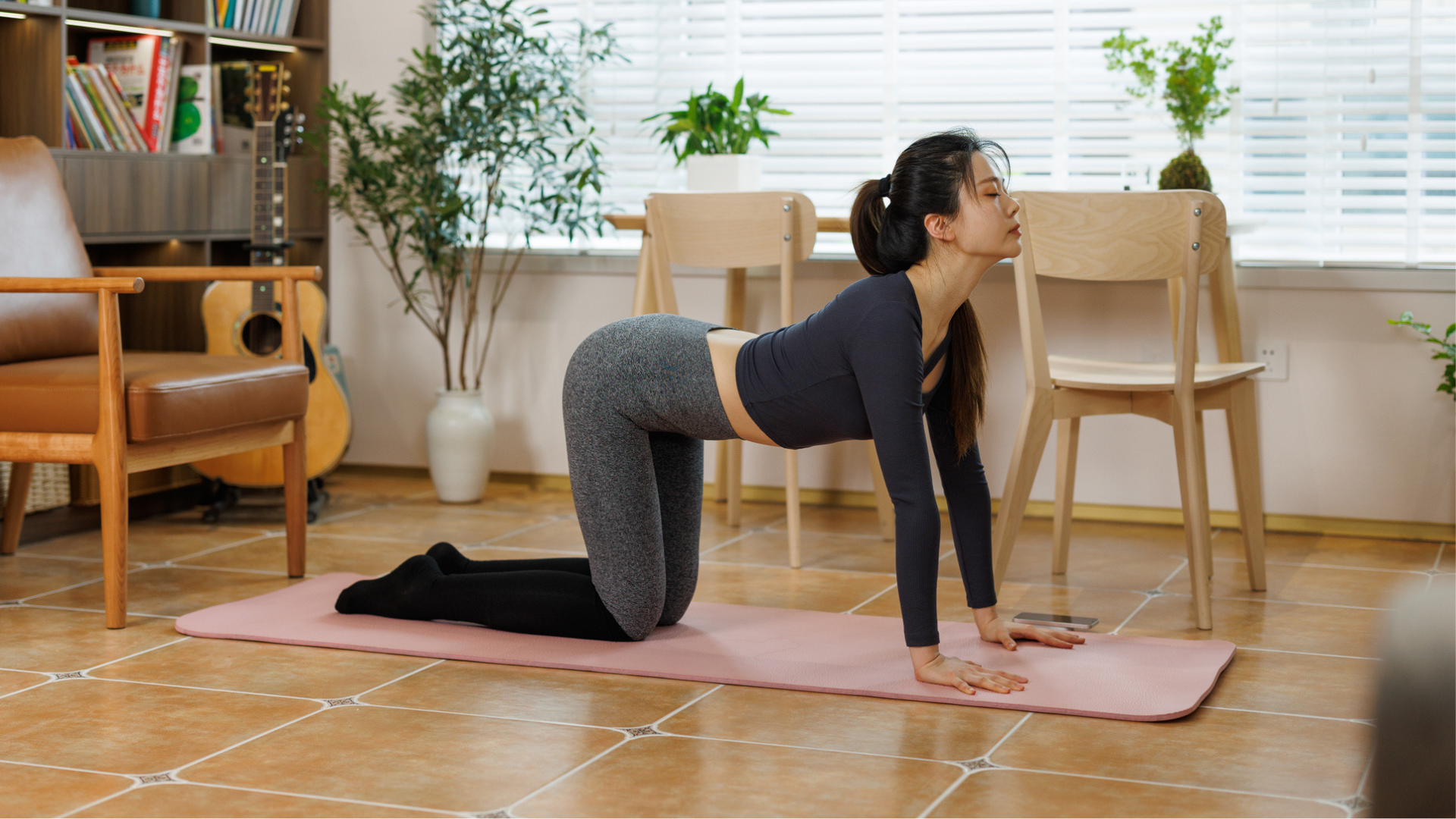Forget 10,000 steps a day - fewer steps can be just as beneficial
Science reveals that walking 7,000 steps a day can lower mortality for middle aged adults


Walking 10,000 steps a day is generally held as a good target for staying fit and improving our health. However, new research suggests that 7,000 steps could be the ideal amount.
The study, carried out by Massachusetts University, followed the daily steps of around 2,000 middle aged adults, from different ethnic backgrounds, over the course of 11 years. The data revealed that those who took at least 7,000 steps a day had a 50 to 70% lower risk of dying from any cause, compared to those who walked fewer than 7,000 steps a day.
Perhaps a bonus find for some reading about this study is that stepping into a pair of best shoes for walking doesn’t mean you have to walk as fast and as hard as possible. The scientists discovered that speed and step intensity did not impact who had a greater or lower risk of dying.
It will come as welcome news to anyone who uses one of the best fitness trackers to monitor their daily step count and constantly struggles to hit the 10,000 target.

This is not the only evidence suggesting that a step count below 10,000 can be just as beneficial for your health, either. Harvard Medical School published a study in 2019 which suggested older women taking on an average 4,400 steps a day significantly lowered their risk of dying soon.
Of course, the two studies can not be used together as complete evidence. The women to take part in the 2019 study were around the 70s age bracket compared to the adults in the Massachusetts University study that were middle aged.
Regardless, there is definitely reason to believe that walking fewer than 10,000 steps a day has its health benefits. Especially so when linked to lowering mortality.
Get the Fit&Well Newsletter
Start your week with achievable workout ideas, health tips and wellbeing advice in your inbox.
We spoke to Personal Trainer, Scott Laidler, on how best to implement walking into your daily routine: "It's important not to focus solely on the number of steps you take each day, the important thing is to establish a consistent habit that ensures you make time to walk every day.
"Think of each day as another link in your 'habit chain' your goal then becomes very simple, just don't break the chain. This way on days that you have more time, you can get more steps in, but the habit holds fast as it's own principle and it's own goal."
But why did walking 10,000 steps a day become the norm - and why does your FitBit remind you to do this everyday?
Some believe that it originates from Japan, when Tokyo was preparing to host the 1964 Olympic Games. A wearable pedometer was released called ‘Manpo-Kei’ , meaning ‘10,000 step meter’. This was at a time where fitness was on the rise in Japan and walking had been linked to reducing lifestyle diseases, such as strokes or diabetes.
Since then, the goal of walking 10,000 steps a day has continued to remain popular as part of a healthy, active regime.
But with new research available to us, you shouldn’t get worked up if your fitness tracker says you haven’t achieved your 10,000 step goal.
Amanda Paluch, the author of the study and assistant professor of kinesiology at Massachusetts University said, “So really, what we're seeing is there's an incremental risk reduction in mortality up to a certain point.”
She adds that those who currently get around 4,000 or 5,000 steps a day could experience greater health benefits from continuing this while building up the step count by a little.
In a similar vein, those looking to shed some pounds could benefit from a regular walking regime - take a look at our walking to lose weight guide for tips on getting started.
Jessica is an experienced fitness writer with a passion for running. Her career in journalism began in local news and she holds a Masters in journalism. Jessica has previously written for Runners World, penning news and features on fitness, sportswear and nutrition.
When she isn't writing up news and features for Fit&Well covering topics ranging from muscle building, to yoga, to female health and so on, she will be outdoors somewhere, testing out the latest fitness equipment and accessories to help others find top products for their own fitness journeys. Her testing pairs up nicely with her love for running. She recently branched out to running 10Ks and is trying to improve her time before moving on to larger races. Jessica also enjoys building on her strength in the gym and is a believer in health and wellness beginning in the kitchen. She shares all of this on her running Instagram account @jessrunshere which she uses for accountability and for connecting with like-minded fitness lovers.
-
 A yoga instructor says this eight-minute routine is all you need to mobilize your entire body
A yoga instructor says this eight-minute routine is all you need to mobilize your entire bodyStiff and achy muscles? Try this
By Alice Porter
-
 "You don’t need to work out seven days a week to achieve her kind of fitness," says Jennifer Aniston’s trainer
"You don’t need to work out seven days a week to achieve her kind of fitness," says Jennifer Aniston’s trainerWorkouts Aniston works out with her trainer three to four times a week, 45 minutes at a time
By Maddy Biddulph